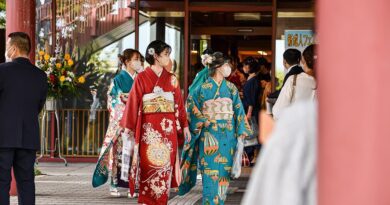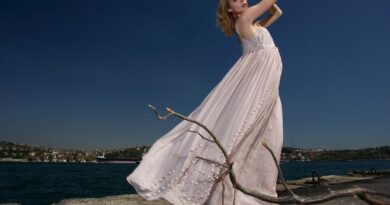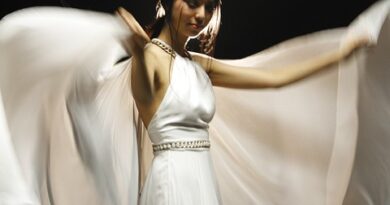Minimalism vs Adornment: The Dichotomy of American Women’s Fashion
Minimalism vs Adornment: The Dichotomy of American Women’s Fashion
Fashion has always been a form of self-expression and a reflection of society’s values and ideals. In the United States, women’s fashion has evolved over the decades, swinging between two contrasting styles: minimalism and adornment. These opposing aesthetics represent different philosophies on how women should present themselves and have left an indelible mark on American fashion history.
Minimalism, a design approach characterized by simplicity, clean lines, and a lack of excessive embellishments, gained popularity in the 1990s. Designers like Calvin Klein, Donna Karan, and Jil Sander focused on neutral color palettes, monochromatic outfits, and minimalist silhouettes. This movement aimed to strip away unnecessary elements, allowing the wearer’s personality to shine through.
Minimalism’s rise challenged traditional notions of what constituted feminine beauty. It dismissed fashion’s previous obsession with extravagant ornaments, vibrant colors, and elaborate accessories. The minimalist approach advocated for a quiet sophistication, often favoring functionality and comfort instead of ostentatious displays of wealth. This sartorial minimalism became symbolic of a new era of empowered, independent women who valued substance over surface.
However, as is often the case, fashion is cyclical. The early 2000s marked a return to adornment and a rejection of minimalism’s understated aesthetics. Celebrities like Jennifer Lopez and Paris Hilton embodied this new trend, favoring figure-hugging outfits adorned with sequins, rhinestones, and elaborate embroideries. Fashion houses like Dolce & Gabbana and Roberto Cavalli indulged in a riot of colors, animal prints, and opulent fabrics. Suddenly, fashion was all about making a bold statement.
This return to adornment reflected a cultural shift back to embracing femininity in a more traditional sense. Women felt empowered to openly embrace their love for glamour and the theatricality of fashion. The once-taboo wearing of sequins and glitter during daylight hours became a fashion statement. This resurgence symbolized a rebellion against minimalism’s rejection of visually stimulating elements and its tendency to suppress self-expression.
Today, both minimalism and adornment coexist within women’s fashion. The dichotomy of these styles highlights the diverse ways that women choose to present themselves to the world. Some women prefer the clean lines and sophistication of minimalism, gravitating towards timeless monochrome outfits paired with bold accessories. They value the simplicity that this style offers and appreciate the ease with which it can be incorporated into a modern, on-the-go lifestyle.
On the other hand, those who embrace adornment revel in expressing their creativity through embellishments, patterns, and bold colors. Adornment allows women to take up space and be noticed, celebrating their individuality in a visually captivating way. For this group, fashion is an art form and an opportunity to explore different facets of their personality.
It is crucial to recognize that both minimalism and adornment have their merits and should be celebrated as valid forms of self-expression. Individuality should not be stifled, but rather encouraged, as it enriches our understanding and appreciation of fashion as an art form.
In conclusion, the dichotomy between minimalism and adornment in American women’s fashion reflects a constant dialogue between simplicity and opulence, self-expression and conformity, empowerment and tradition. As fashion continues to evolve, it is essential to embrace these diverse styles, allowing women the freedom to choose their preferred aesthetic without judgment or constraints. After all, the beauty of fashion lies in its ability to celebrate different tastes and individual quirks, bringing forth a vibrant tapestry of styles that reflect women’s complexities and unique personalities.







